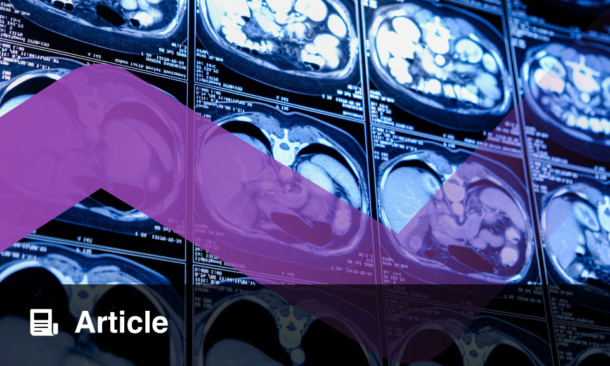A MULTICENTRE study has revealed that ghost scans (point-of-care ultrasounds performed without saving images) occur in almost half of trauma cases, potentially undermining quality assurance, billing accuracy, and patient safety.
Understanding the Problem of Ghost Scans in Trauma Ultrasound
Ghost scans refer to occasions when a clinician performs a point-of-care ultrasound (POCUS) but fails to record or save the images. Although the practice is common, its frequency and implications have been poorly understood. POCUS is a vital diagnostic tool in trauma care, guiding urgent interventions such as detecting internal bleeding or collapsed lungs. However, when no images are saved, crucial diagnostic evidence is lost, limiting opportunities for review, audit, and accreditation. This raises concerns about clinical accountability and the consistency of emergency ultrasound use across healthcare institutions.
Study Reveals Widespread and Variable Ghost Scanning
The study analysed data from four Level 1 trauma centres between July 2021 and June 2023, involving 6,078 trauma patients. Of these, 2,182 (35%) underwent an Extended Focused Assessment with Sonography in Trauma (eFAST) examination. The overall ghost scanning rate was 49.8%, with substantial variation across hospitals—from 21.1% to a striking 93.2%. A significant difference was observed between all sites (p < 0.001).
Notably, ghost scans decreased for positive eFAST results at one site (50.5% positive vs. 70.5% negative; p = 0.001), suggesting clinicians are more likely to save images when findings are abnormal. In contrast, another site saw an increase in ghost scanning for penetrating trauma (50% vs. 20.5% in blunt trauma; p = 0.02). The authors attributed these discrepancies to workflow pressures, training differences, and varying institutional protocols.
Addressing the Hidden Consequences of Ghost Scans
Researchers concluded that ghost scans remain a serious issue in emergency ultrasound practice. They highlight implications for liability, accreditation, and patient outcomes, emphasising that missing images can compromise both individual case reviews and broader quality assurance efforts. The study calls for targeted interventions, including better clinician training, workflow optimisation, and the introduction of automated image capture systems.
Reference
Boivin Z et al. Prevalence of ghost scans in point-of-care ultrasound for trauma patients: a multicenter study. The American Journal of Emergency Medicine. 2025;DOI:10.1016/j.ajem.2025.10.043.








